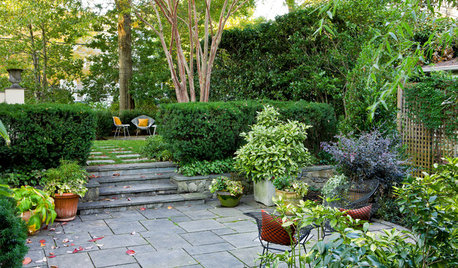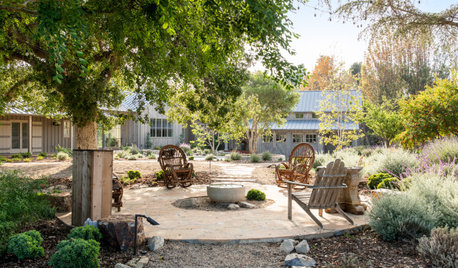Aborvitae Problem or Not?
Tom6545
10 years ago
Related Stories

PLANTING IDEAS9 Inspiring Gardens Gain Privacy and Screening With Plants
Boost your privacy outdoors and screen adjacent buildings with planting ideas from these diverse gardens
Full Story
LANDSCAPE DESIGN10 Things to Consider for a Sustainable Landscape Design
Talk to your designer about materials, water use, maintenance and other elements that impact your yard’s footprint
Full Story









hortster
Tom6545Original Author
Related Professionals
Barrington Landscape Contractors · Broadlands Landscape Contractors · Hawthorne Landscape Contractors · Little Ferry Landscape Contractors · Midland Landscape Contractors · New Brighton Landscape Contractors · North Ridgeville Landscape Contractors · Ramsey Landscape Contractors · Riverhead Landscape Contractors · Seven Hills Landscape Contractors · North Adams Siding & Exteriors · Chandler Decks, Patios & Outdoor Enclosures · Crystal Lake Decks, Patios & Outdoor Enclosures · Northbrook Decks, Patios & Outdoor Enclosures · West Palm Beach Decks, Patios & Outdoor Enclosuresgardengal48 (PNW Z8/9)
debcoo2229
ken_adrian Adrian MI cold Z5
Tom6545Original Author
debcoo2229
gardengal48 (PNW Z8/9)